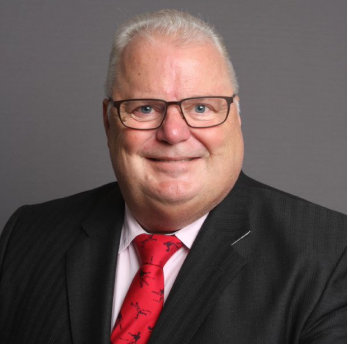There is no doubt that the continuing use of paper-based / spreadsheet processes in the area of Continuing Healthcare Assessments (CHC) causes delay to the process. As recently reported in The Times, more than 2,500 people have been waiting more than the 28-day time limit for an assessment, with a quarter of those having waited for more than six months.
It’s evident that consistency and clarity are key in a complex process where so many different areas (domains) are assessed. By understanding best practice from CHC professionals and using technology, standard digital workflows for CHC, Fast Track and Review processes can be quickly put in place – not only to assure standardisation but also to ensure that the 28-day timeline is front and centre.
There are very real human costs of delay; as the Hetty Stilwell case study in the above Times’ article illustrates. A digital approach to CHC is about placing a laser focus on the importance of people getting their eligibility decision as quickly and as efficiently as possible.
This approach is already working. Five Clinical Commissioning Groups (CCG) in Cheshire have collectively been adopting a digital workflow approach to their CHC delivery.
Getting to a decision quickly revolves around the crucial multi-disciplinary team (MDT) meeting. The Department of Health & Social Care framework for CHC requires that at least two professionals attend the MDT and these are usually a CHC Nurse and a Council Social Worker. Therefore, it normally involves coordinating a meeting of at least three parties (when the patient/family are included). The coordination of this, when there's an assumption each stakeholder will be present in the same location, obviously increases chances of a delay.
At IEG4, we have delivered the facility for virtual meetings to be built into the CHC workflow, so it's easier for many stakeholders to be 'present' at a time that suits them. Collectively they can see everything documented about the patient and can comment / interject when updates are being made in real time. This is all designed to increase the likelihood the meeting can happen in a timeline that enables the 28-day target to be met.
Keeping people in the loop
Recently we learned from the head of operations in another CCG that a large proportion of their customer surveys fed back that patients and their families felt isolated and separate from the assessment process.
This has at least two consequences.
Firstly, it invariably means an increased number of phone calls from families trying to find out what is happening. Secondly, it leads to more appeals than one might otherwise expect, owing to the person/people not knowing what was to happen until the very end – after a decision is made.
Removing / mitigating failure demand is a critical element of a digital transformation programme. As a result, we considered the best approach to this and we saw it as twofold.
- An automated notification service that informed a patient/appointee when the CHC process was progressed from one stage to another. Notifications are sent via the government's GOV.UK Notify service and are ‘fed’ by the workflow driven approach to CHC Assessments.
- A patient / appointee portal where the patient or family member etc. can securely login and see:
- the current stage of their assessment
- details of meetings happening e.g. MDT
- case notes
- final assessment decision
Recently, the NHS Continuing HealthCare Strategic Improvement Programme, headed by Martin Ware, issued guidelines on a CHC Patient Portal. I am delighted to say IEG4 are implementing this within our leading Citizen Engagement Platform, OneVu. Much of the required functionality for a CHC Patient Portal is available now, out of the box.
The openness of many NHS datasets means this portal can offer so much more to patients and their families than they have now. Rather than trawling the web, the portal can offer significant signposting and guidance on what to do next. It can assist the patient at a time when they need it most, especially as over 80% of CHC applications are rejected.
The portal could also host the Deferred Payment Eligibility Checker, that IEG4 developed on behalf of MHCLG (then DCLG) and DoH (Department of Health), where patients and family can evaluate if a patient can give a charge over their own home to a local authority instead of having to consider selling their property to fund the care they need and deserve.
Outcomes over technology
Often technologists are accused of placing too much focus on what an app or service does, rather than what the user, or in this area, what citizens or their families, need.
At IEG4, we recognise the focus has to be on the human need to protect and preserve patients’ dignity by taking action consistently, clearly and in a timely manner.
As a final thought, why don’t we look at the broken processes between different public sector organisations to make it easier for the patient? For example, after a rejected CHC application is completed, all the valuable (and costly) assessments are locked away to defend future challenge. Why not allow these assessments to ‘go’ with the patient to help shape their social or self-funded care?
It’s their data after all!

